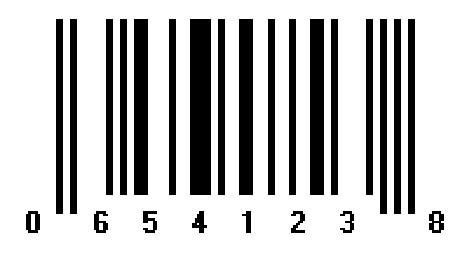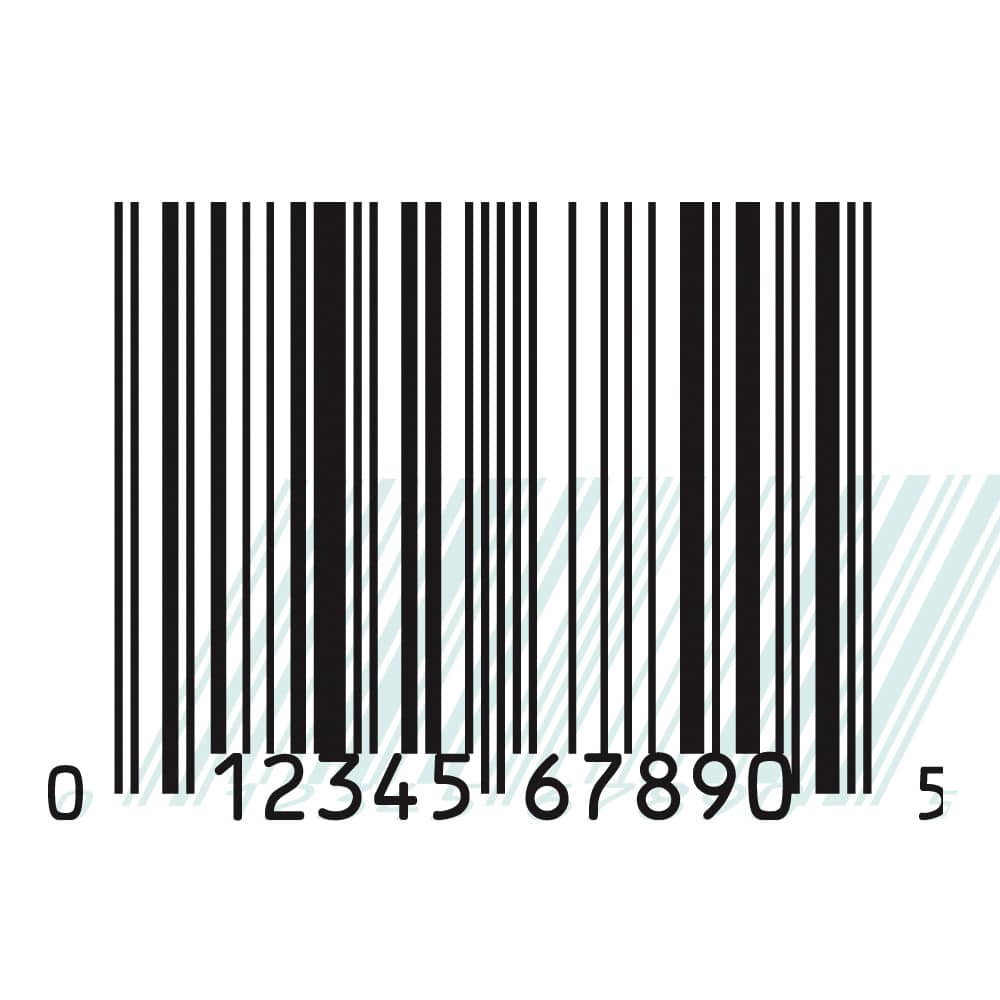
One of the primary reasons, manufacturers (brands) need to obtain their own Company Prefix or GS1 GTIN UPC is that this is the ONLY way their company information can be associated with their UPCs. There are future GS1 initiatives underway to start improving the depth of the provided data for products marked with UPCs from either a licensed GS1 Prefix and/or a single GS1 GTIN. Although some basic product attributes can be optionally provided, the tools are not currently comprehensive.
#Upc a barcode lookup free#
There are GS1 tools, both free and paid-subscriptions, which retailers and marketplaces (Amazon) use to validate brand ownership. Aside from managing identification standards, a critical role of GS1 is the licensing Company Prefix and single GS1 GTINs. GS1 is the global standards organization with local country offices around the globe. Companies who are new to UPC barcoding can obtain GS1 UPC Barcode Service at. (see below)Īccess to the GTIN.Cloud is included with all GS1 Barcode Service/Support programs. UPC product data can be exported to other data resources, such as GS1 Data Hub, Amazon and Google Merchant center. All entered UPC product data is personally validated by an assigned GS1 barcode consultant before UPC are published. The GTIN management function enables companies to assign and activate their GS1 GTINs, associate product data attributes, upload image links, and create digital. GTIN.Cloud (is the online resource that manufacturers upload and manage their UPC product data.

GTIN.Cloud | Brand Managed Global Repository for UPC Product Data In essence, this is like the old “telephone game” where information is constantly altered as it moves from one person to the next. Consequently, these new applications are unaware they are conveying information not necessarily provided by the brand owner. Web scraping services typically provide services to other web and mobile developers so their applications can pull up product data from a UPC barcode scan. T hese types of websites do not functionally validate between brand owner entered data versus crowd. Web scraping is now a very common practice where bots automatically scour the internet for product data associated with a UPC (GTIN) and aggregate its finding in a lookup. As you can guess, this process pollutes and diminishes the accuracy of the data a brand owner hopes to convey for their products. Users around the globe voluntarily provide information and occasionally images of actual products.

Internet UPC databases either rely on “crowd entered” data or automated web scraping.Ĭrowd entered data is similar to information entered on a wiki.

These websites host an enormous amount of UPC data but they are non-validated nor reviewed for accuracy. If you perform a Google Search for “UPC database” or try to search a UPC on the search engine, the results will display an array of official-sounding names conveying they are the definitive UPC database. Consequently, internet UPC databases should not be considered a source for reliable information. Unlike the databases in the other four categories, the UPC product data on internet databases is not entered or managed by the brand owner of a product. – Global Data Synchronization Network (GDSN) & Product Catalog Services.There are essentially five different categories of databases and registries which host UPC product data. Click here to read about UPC Data Accuracy Problems. Unfortunately, there are numerous online websites that incorrectly claim to be authorized databases and they provide non-validated information. Global UPC Database and UPC Product Registriesįact: There is not currently a single recognized global UPC database.


 0 kommentar(er)
0 kommentar(er)
